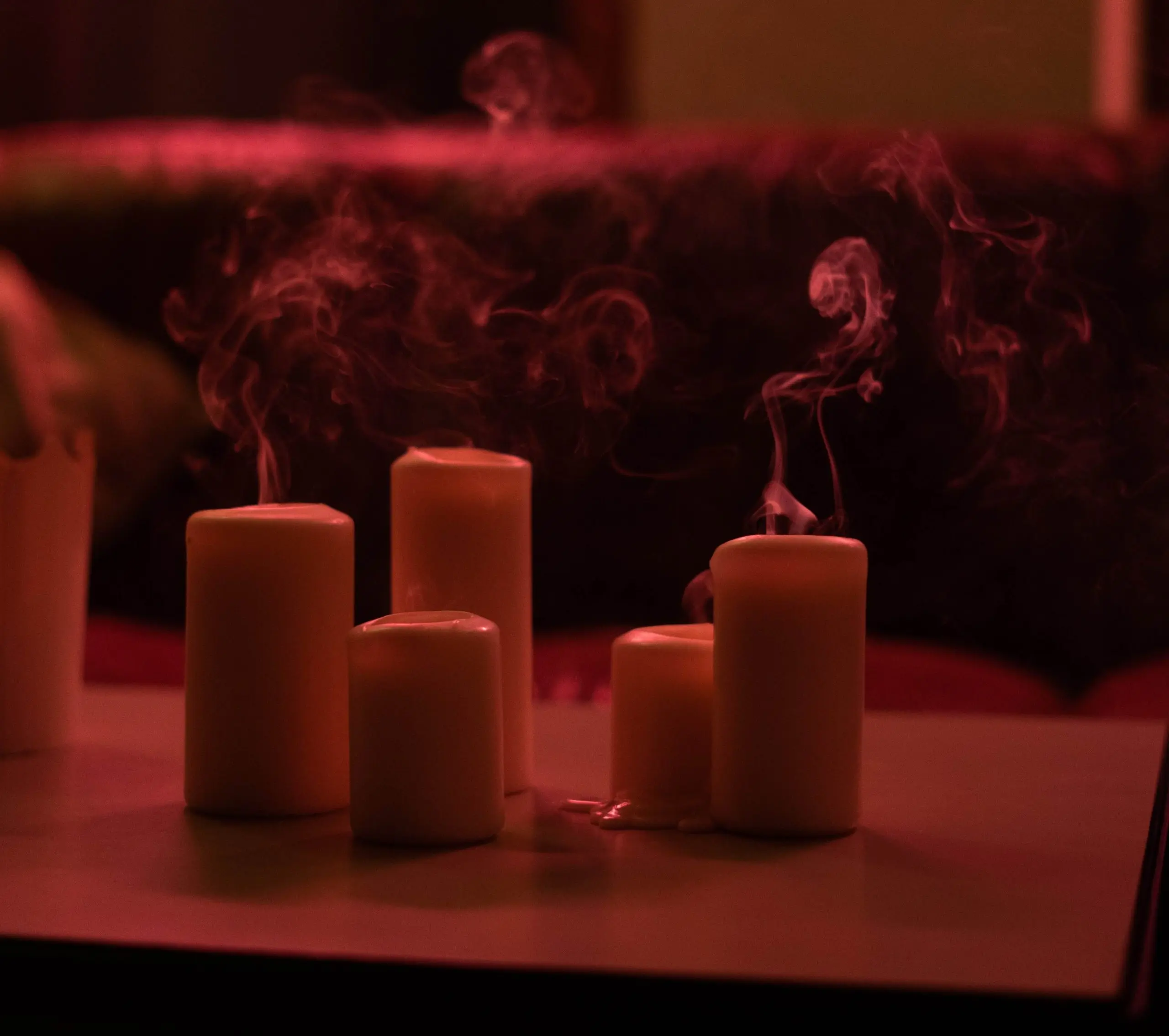Introduction: Essential oils have gained widespread popularity for their therapeutic properties and aromatic benefits. From promoting relaxation and supporting overall well-being to enhancing skincare and household cleaning routines, these potent plant extracts offer a myriad of applications. In this comprehensive guide, we’ll explore the various methods and areas for applying essential oils, allowing you to harness their full potential in your daily life.
1. Topical Application:
Topical application involves applying diluted essential oils directly to the skin for targeted benefits. Here are some common areas for topical application:
- Pulse Points: Apply diluted essential oils to pulse points such as wrists, temples, neck, and behind the ears for quick absorption and aromatherapy benefits.
- Abdomen: Massage diluted oils into the abdomen area for digestive support or menstrual discomfort relief.
- Bottom of the Feet: The feet have larger pores, allowing for better absorption of essential oils. Apply diluted oils to the soles of the feet for systemic benefits.
2. Aromatic Application:
Aromatic application involves inhaling essential oils to promote relaxation, improve mood, and support respiratory health. Methods for aromatic application include:
- Diffusion: Add a few drops of essential oil to a diffuser and allow the aroma to disperse into the air, creating a calming or invigorating atmosphere.
- Direct Inhalation: Place a drop of essential oil on your palms, rub them together, cup your hands over your nose, and inhale deeply for quick relief from stress or congestion.
3. Ingestion (Internal Use):
Some essential oils are safe for internal use and can be ingested to support various health goals. It’s crucial to use high-quality, food-grade essential oils and follow dosage recommendations carefully. Methods for internal use include:
- Adding a drop or two to a glass of water, tea, or other beverages for digestive support or immune system boost.
- Incorporating essential oils into recipes for cooking or baking to add flavor and therapeutic benefits.
- Using essential oil capsules or supplements under the guidance of a qualified healthcare professional for targeted health support.
4. Massage and Bath:
Essential oils can elevate massage and bath experiences by promoting relaxation and relieving tension. Here’s how to incorporate them into your routine:
- Massage: Add a few drops of essential oil to a carrier oil and use it for massage to soothe sore muscles, promote circulation, and enhance relaxation.
- Bath: Mix essential oils with carrier oil or bath salts and add them to bathwater for a luxurious and aromatic soak, perfect for winding down after a long day.
5. Hair and Scalp:
Essential oils offer numerous benefits for hair and scalp health, including stimulating growth, reducing dandruff, and nourishing the scalp. Try these methods for incorporating essential oils into your haircare routine:
- Scalp Massage: Mix essential oils with carrier oil and massage into the scalp to promote circulation, stimulate hair growth, and relieve dryness or itching.
- Hair Treatments: Add essential oils to your shampoo, conditioner, or hair masks to nourish the hair, enhance shine, and address specific concerns such as dryness or frizz.
Conclusion:
The versatility of essential oils makes them valuable additions to any wellness or self-care routine. Whether you prefer topical application, aromatic diffusion, internal use, or incorporating them into massage, bath, or haircare rituals, there are endless ways to enjoy the benefits of essential oils. By exploring different methods and areas for application, you can discover the perfect way to incorporate these powerful plant extracts into your daily life and experience their transformative effects on your health and well-being.
